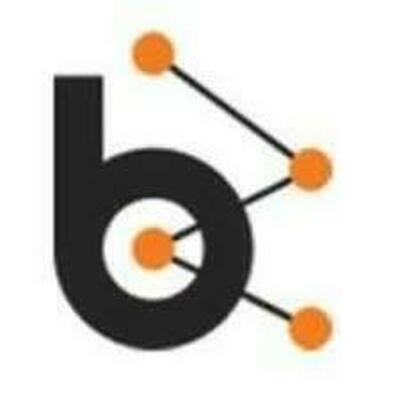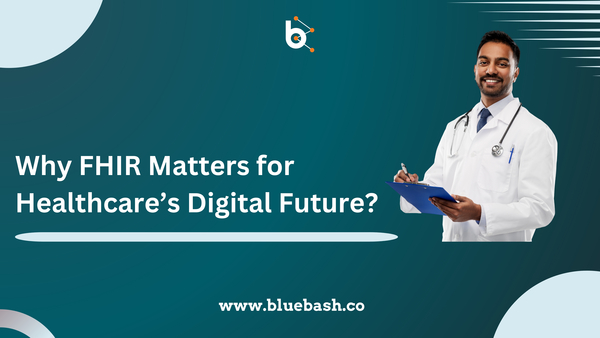FHIR (Fast Healthcare Interoperability Resources) is a transformative standard in healthcare, facilitating the seamless exchange of crucial data across diverse systems. Developed by HL7, FHIR makes it simpler to share critical information, including patient records, lab results, and prescribed medications, among healthcare providers. This access to timely and accurate information allows for improved coordination of care and more effective treatment for patients.
Why FHIR Matters?
Historically, healthcare systems have been limited by interoperability issues due to outdated technologies and legacy systems. FHIR tackles these challenges by leveraging modern web standards such as RESTful APIs, along with widely used data formats like JSON and XML. These elements enable easier integration between different healthcare systems, making it feasible to exchange data between hospitals, labs, clinics, and other care providers seamlessly.
The rapid advancements in healthcare technology demand an adaptable framework like FHIR, capable of supporting mobile health applications and telehealth services, which play a larger role in patient care today. By using FHIR, healthcare organizations can unify their systems and create a more cohesive healthcare ecosystem.
Evolution from HL7: Meeting Modern Needs
Before FHIR, HL7 V2 and V3 were the dominant standards in healthcare interoperability. However, they faced limitations, especially when integrating with mobile apps and web services. FHIR builds on the HL7 foundation but introduces an agile, web-based structure that aligns with current digital needs. Its RESTful architecture allows for faster data retrieval and exchange, enhancing response times and simplifying the integration process. This structure is invaluable for real-time data sharing, such as when a patient needs lab results or treatment records transferred between facilities immediately.
Key Benefits of FHIR
-
Enhanced Interoperability: FHIR breaks down data silos by providing a standardized way to share information securely across various healthcare systems, enabling more comprehensive and coordinated care.
-
Improved Patient Care: With FHIR, medical providers have access to complete patient information, enabling better treatment planning and reducing the risk of redundant tests or medication conflicts. This access enhances overall patient outcomes and provides a smoother, more consistent experience across multiple care providers.
-
Cost-Effectiveness: The standardized format of FHIR reduces development and operational costs. By simplifying the integration process with new systems, healthcare organizations can allocate resources more efficiently, ultimately lowering costs associated with healthcare IT infrastructure.
-
Empowered Patients: FHIR enables patients to access their medical records, lab results, and care plans easily. This transparency promotes patient engagement, encouraging individuals to take an active role in their healthcare decisions and fostering trust in the healthcare system.
-
Future-Readiness: As healthcare technology continues to evolve, FHIR’s flexible, modular design ensures it can adapt to new demands, such as wearable devices, telemedicine, and AI-driven diagnostics. This adaptability makes FHIR an ideal choice for healthcare organizations looking to future-proof their digital infrastructure.
Real-World Applications of FHIR
Many healthcare organizations and technology companies are already using FHIR to create innovative solutions. For instance:
-
Patient Portals: Many hospitals use FHIR-powered patient portals that allow individuals to view their medical history, treatment plans, and test results in one place. This accessibility supports informed decision-making and improved patient engagement.
-
Wearable Integration: With FHIR, wearable devices like fitness trackers and heart rate monitors can securely transmit data to healthcare providers, supporting preventive care and personalized treatment plans.
-
Telemedicine Platforms: FHIR makes it easier to connect various telemedicine tools with electronic health records (EHRs), enabling seamless care transitions from remote consultations to in-person treatment.
Why FHIR is the Future of Healthcare
While FHIR complements existing HL7 standards, it far surpasses them in flexibility, aligning more closely with the demands of today’s healthcare technology. Its ability to integrate with mobile applications, connect remote health services, and manage vast amounts of patient data is a game-changer. As society becomes more digitized, FHIR is poised to po
wer a more connected, efficient, and patient-centered healthcare system. Its emphasis on interoperability, cost savings, and patient engagement positions it as a critical component in the evolution of healthcare.
In conclusion, FHIR is not just a technological upgrade—it is a pathway to a more responsive, transparent, and inclusive healthcare experience. For healthcare organizations, implementing FHIR represents an investment in a future where patient care is accessible, personalized, and informed by real-time data.




